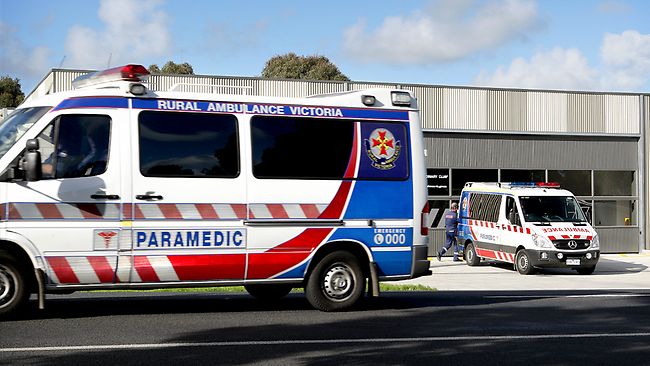 Ensure the safety of yourself and others
Ensure the safety of yourself and othersYoung children and students with communication difficulties are sometimes unable or unwilling to describe the onset of illness or the nature of injury and pain. This means that education and childcare workers need to be observant and actively enquire about the well-being of children and students as part of their standard first aid procedure.
Anyone can and should provide an initial, first aid response in the following manner:
 Ensure the safety of yourself and others
Ensure the safety of yourself and othersDo not hesitate to call the Emergency Services if you believe that it is in the best interest of the casualty to do so.
Communicate
Organise bystanders to:
First aid is exactly what its name implies - a first level of assistance. Further medical assistance should be sought if the first aider determines it is needed. Seeking medical assistance can involve calling for an ambulance. In a less urgent circumstance, it can mean informing the child's emergency contacts that the first aider's training indicates that advice from a medical practitioner is advisable.
Assessing the need for further assistance is sometimes difficult. The following information can be used:
When casualties have been subjected to great violence, as in car crashes or falls from heights, it can be assumed that they are critically injured until proved otherwise. The same can be said regarding casualties who have been exposed to fire or explosions, electrical injury, chemical injury or where poisoning is suspected. In all of these cases, it is reasonable to call for the help of ambulance personnel.
When a child or student has a known medical condition, the service should have on site a health support plan. This should include guidelines about when the individual requires more than a standard first aid response.
If pain is severe and persistent, or if there is persistent shortness of breath at rest, which is unrelieved by the usual measures undertaken by the casualty, it is reasonable to call for ambulance assistance.
Generally, it is reasonable to call for help for any casualty who: